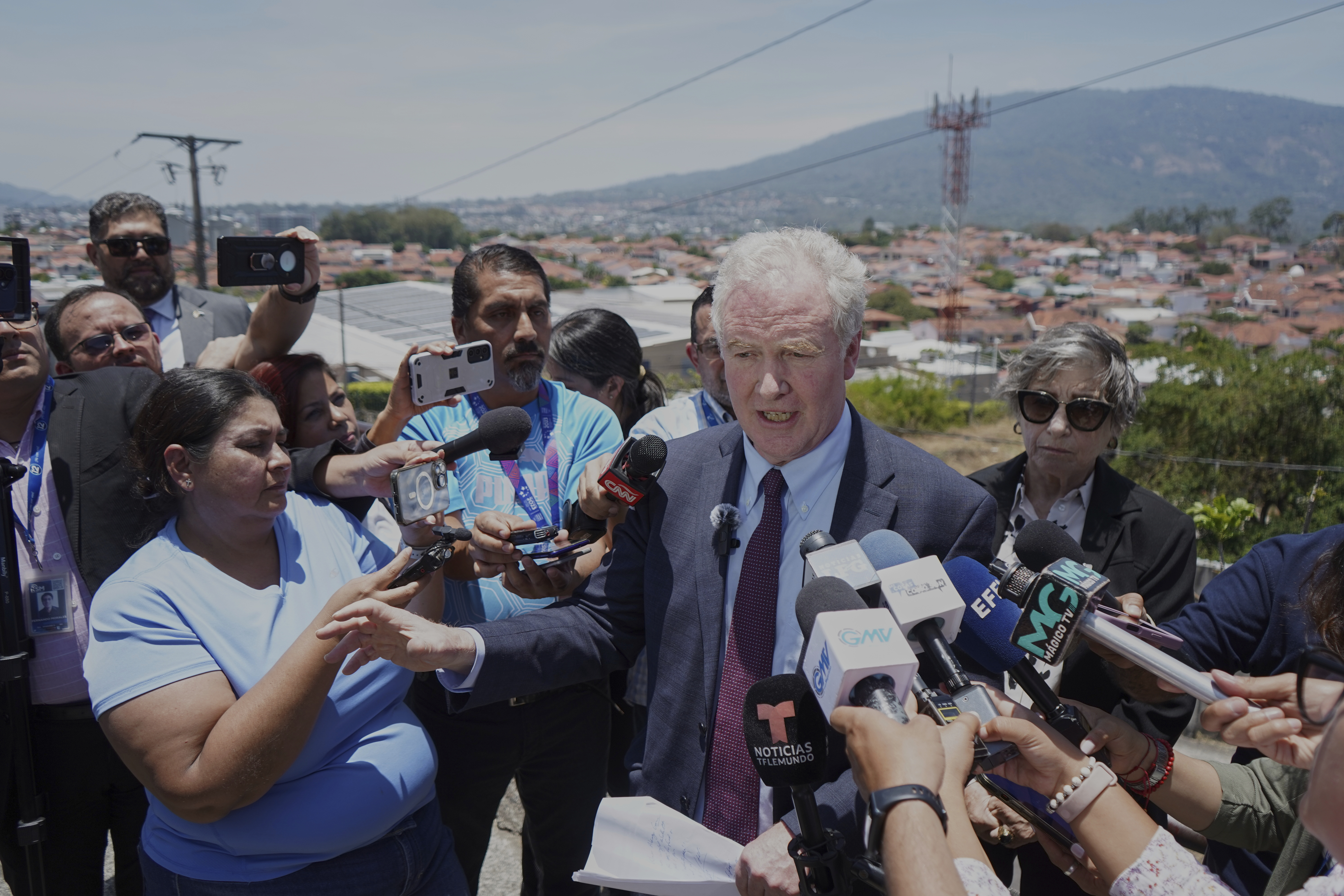Embattled plane-maker Boeing has been dealt another major blow after the National Transportation Safety Board issued an urgent alert on Thursday warning the public that some Boeing 737s, including the MAX line, have critical control components that could potentially jam.
The NTSB warned that the rudder control system could become jammed or restricted on some 737 airplanes including the 737NG and 737 MAX lines.
RELATED STORY | Thousands of Boeing employees vote on contract, strike
The rudder components involved in the warning are installed on the tail of some Boeing planes in the 737 lines, and are designed to control the rudder's movement during approach, landing and roll out operations.
In a Feb. 6 incident this year the rudder pedals on a United Airlines-operated Boeing 737-8 — which is a variant of the MAX jet — became "stuck" in the neutral position during landing at Newark Liberty International Airport in New Jersey, the NTSB said.
"The captain used the nosewheel steering tiller to control the airplane’s direction after touching down. There was no damage to the airplane or injuries to the 155 passengers and six crew members," the agency said in a release.
NTSB investigators found during testing that an actuator — made by Collins Aerospace — was "significantly compromised."
FROM THE ARCHIVES | Boeing reports possible falsified records to FAA
When moisture was discovered in the component, the manufacturer "determined that a sealed bearing was incorrectly assembled during production of the actuators, leaving the unsealed side more susceptible to moisture that can freeze and limit rudder system movement," the NTSB said.
the NTSB said that though the rudder roll out guidance actuators are not used in "non-precision landings, the actuator remains mechanically engaged with the rudder system."
It's just another in a list of painful headlines for the company in recent months and years.
In late September, Boeing made a final offer to 33,000 of its striking workers who demanded more compensation after the machinists said they find it hard to make ends meet living on what the company pays them.
FROM THE ARCHIVES | Boeing whistleblower reportedly dies from a 'sudden, fast-spreading' illness
Earlier that month, Boeing said it would have to implement a hiring freeze, reduce travel and floated the option of pushing for temporary layoffs to save money as tens of thousands of workers entered into an extended strike period.
In July, facing a large second quarter loss, the company named a new president and CEO after reporting it had suffered a $1.4 billion dollar loss.
And in August, the FAA ordered Boeing 787 Dreamliner jets be inspected after "a report of uncommanded movement of the Captain’s seat in the forward direction" caused a rapid descent.










